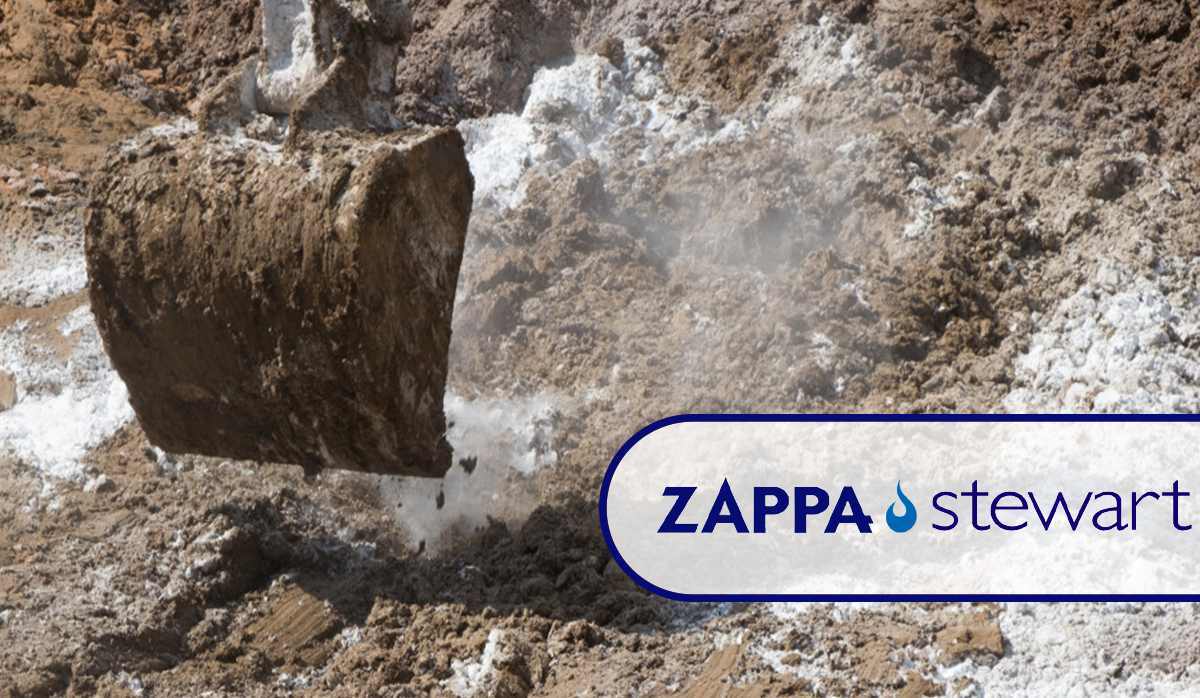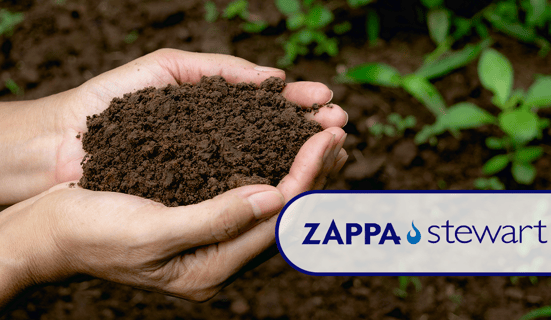 Are superabsorbent polymers (SAPs) biodegradable? Will SAPs release liquids in a landfill? These questions are asked by many professionals in the environmental waste management industry when considering SAPs for a project. SAPs are used globally to solidify liquid waste streams safely and efficiently prior to final disposal or reuse. However as with any waste treatment reagent, it is important for environmental practitioners to understand how SAPs behave once they are disposed in a landfill or left on-site as a component of fill material.
Are superabsorbent polymers (SAPs) biodegradable? Will SAPs release liquids in a landfill? These questions are asked by many professionals in the environmental waste management industry when considering SAPs for a project. SAPs are used globally to solidify liquid waste streams safely and efficiently prior to final disposal or reuse. However as with any waste treatment reagent, it is important for environmental practitioners to understand how SAPs behave once they are disposed in a landfill or left on-site as a component of fill material.
Are SAPs biodegradable?
The short answer is no. Superabsorbent polymers are non-biodegradable, and for good reason. SAPs are used to absorb liquid waste and prevent it from entering the environment. Therefore, it is critical for SAPs to resist attack from microorganisms in landfills and soil to ensure that the liquid waste is retained for a long period of time. Fortunately, most microorganisms are unable to solubilize SAPs because of the polymer’s high molecular weight, resulting in a long-term degradation cycle similar to a plastic. To be more specific, research indicates that an approximate time frame of multiple decades is required for complete degradation of SAP material. The SAP’s behave very different than conventional solidification reagents like sawdust that release absorbed liquid under pressure and quickly biodegrade in the landfill creating a leachate management challenge.
What happens to the polymer structure after degradation?
Once the superabsorbent polymer network structure is degraded over multiple decades, the inert SAP material is composted and becomes a component of the dead organic matter that forms the humic fraction of the soil.

Image: SAPs eventually incorporate into the organic, humic portion of soil after multiple decades
What happens to the water that is trapped in SAPs after the SAPs degrade?
It is important to remember that one of the key functions of SAP technology is the ability to retain liquid. Even under moderate pressure in a landfill, SAPs will continue to retain the liquid absorbed into their crystal structure. Then as the polymer structure slowly degrades over multiple decades, the liquid fraction is slowly incorporated into the humic fraction along with the polymer and utilized by microorganisms.
SAPs are an essential tool in the management of sludges, muds, slurries, and other liquid waste streams. A key function of SAPs is the ability to withstand biological degradation, allowing the waste fluid to be retained over at least a multi-decade time period. Furthermore, SAPs are inert materials that are compatible with the natural environment and are incorporated into the humic fraction of soil after the long degradation cycle.
For information about superabsorbent polymers and their wide range of applications, please contact us.






